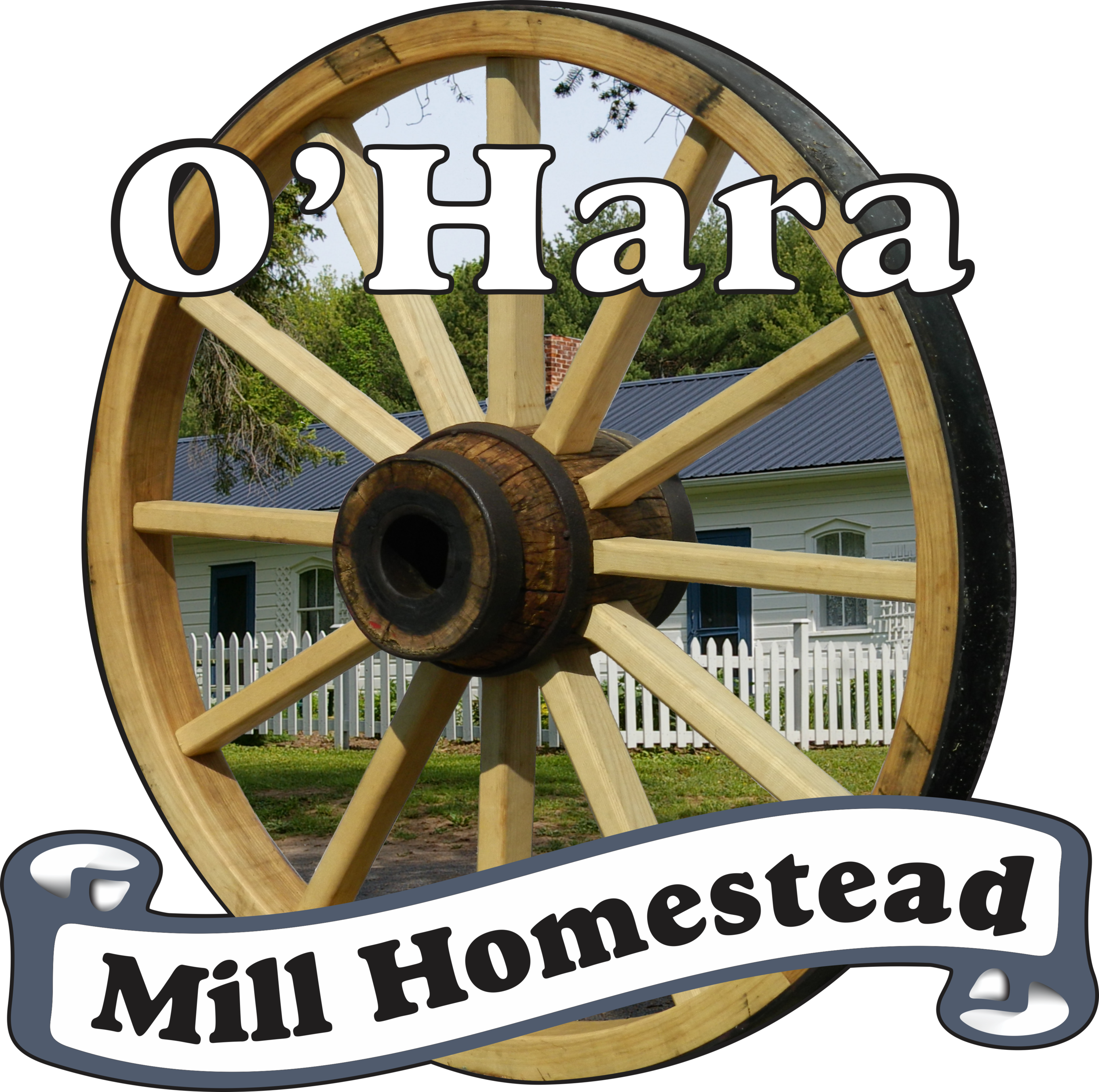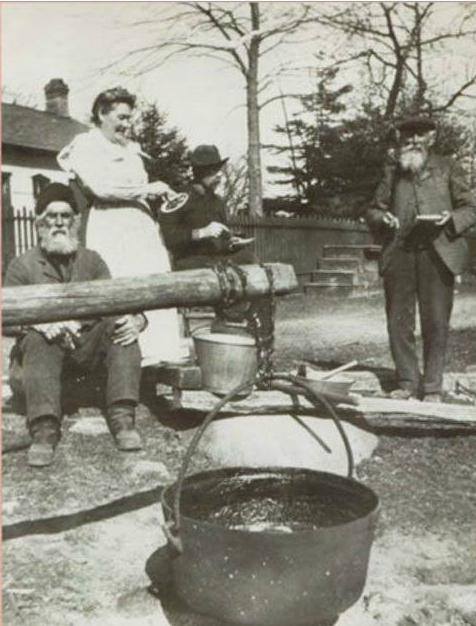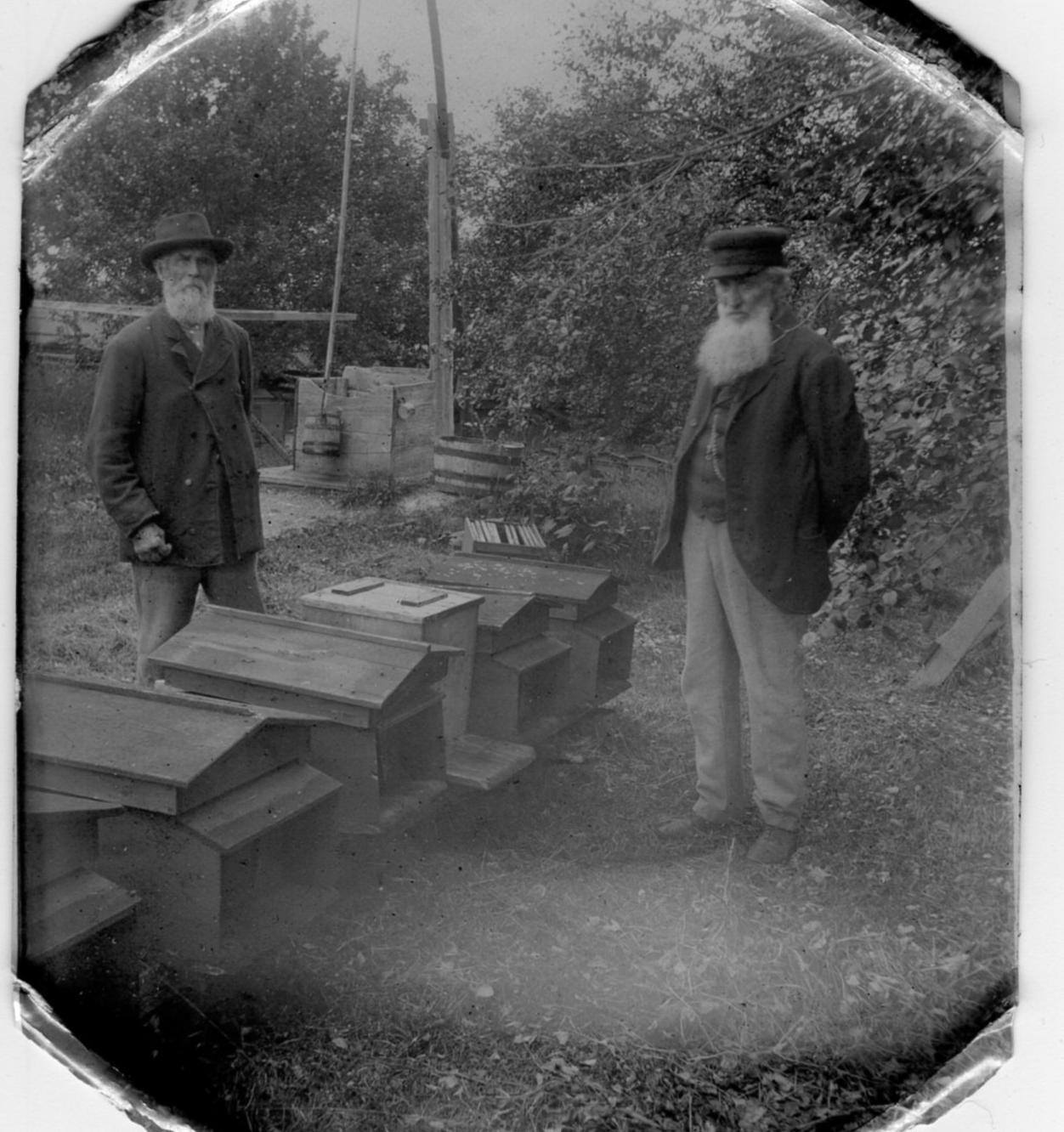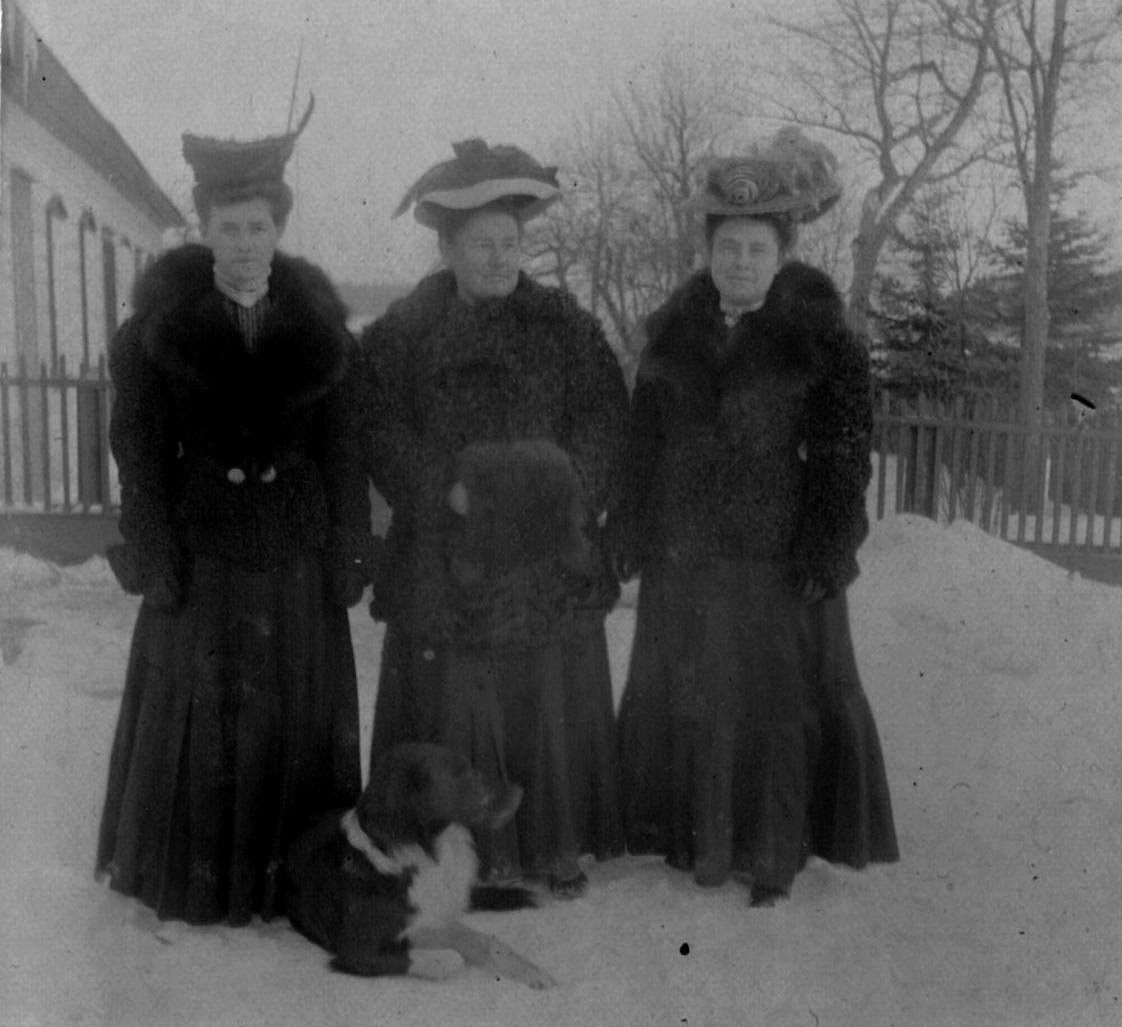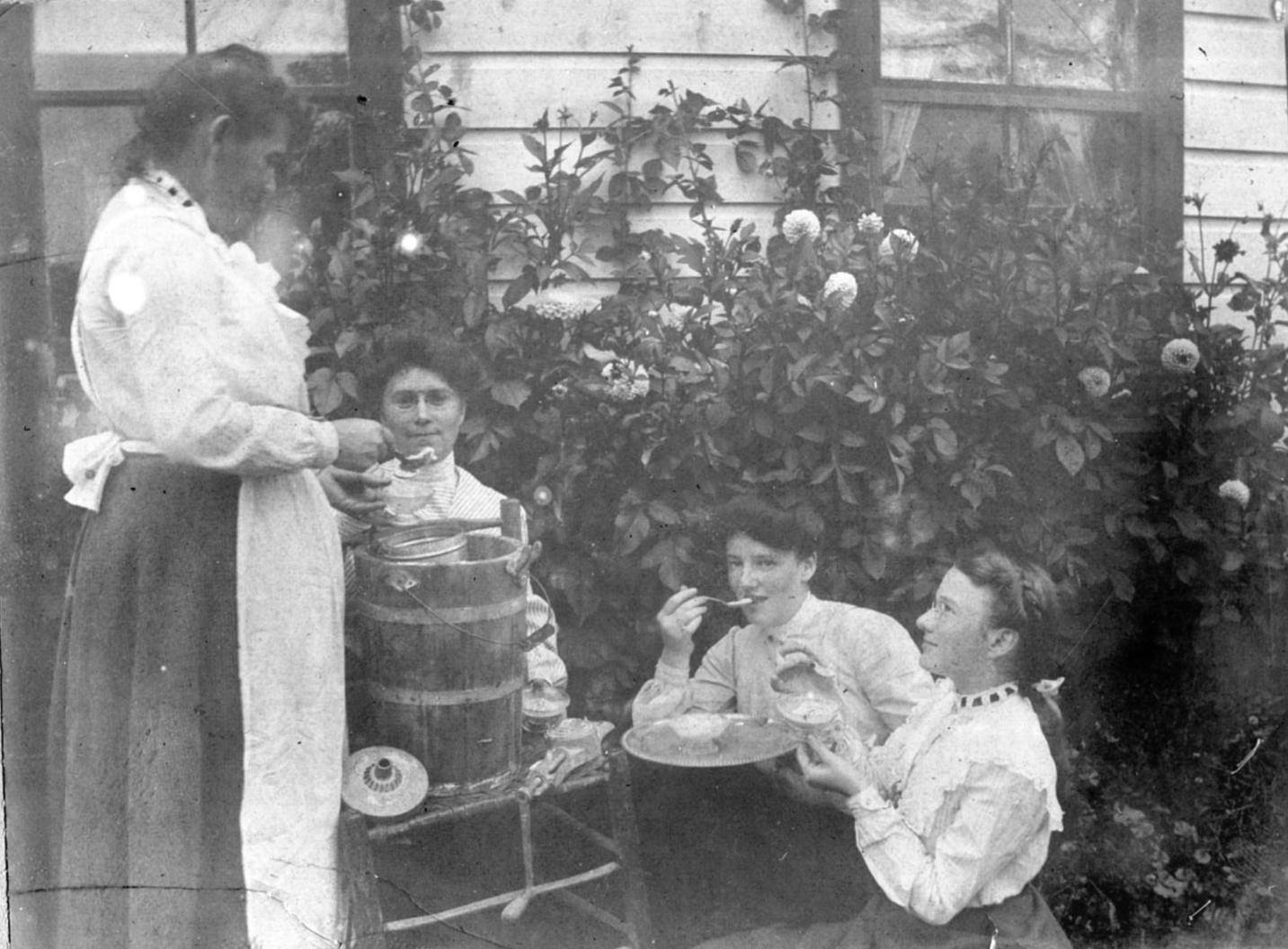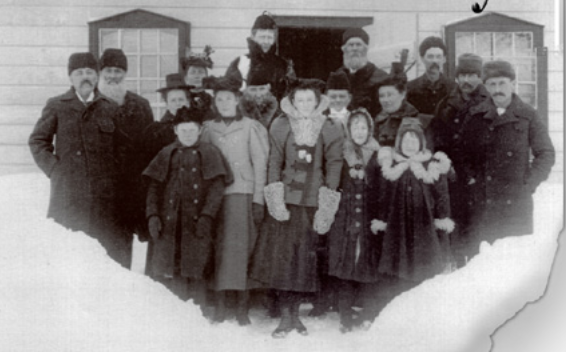The O’Hara Family History
Today, O’Hara Mill Homestead and Conservation Area is a local treasure. It is an opportunity to relive the day to day hardships and rewards of early pioneer life in Ontario. However, back then, it was a thriving homestead that signified growth, prosperity and family.
The O’Hara legacy all begins in 1789, with Patrick O'Hara, (1769-1850) who came to the Americas from Londonderry, Ireland. He married Cynthia Prindle (1779-1860) in 1794 and together they had 9 children.
One of which, was named James (later called “Squire”) who decided to move and establish a home for himself not long after hearing of the opening up of new lands for settlement by the British Government, in what was known as “Canada West”. James, along with wife Mary (Healy) and four-year-old Elizabeth, arrived in Madoc Township in the summer of 1823. Once the family settled, they planted strong, sustainable roots and never moved again. Considered one of the founding families of the Madoc community, the O’Hara buildings, properties and stories were passed through the years from children to grandchildren over a span of four generations.
Squire and Mary’s family grew exponentially. They had 11 children, 10 of whom are believed to have reached adulthood; Eliza, Harriet, James Jr., Mary, John, Charles, Lucy, David, Matilda, Emily, and Henry Seymour. Over the years, both family and farm flourished.
Active in the community and church affairs, James was a well-respected citizen that established his name in local history many times over. He was instrumental in the opening of the first school in the township, known as the “O’Hara’s School”, and was appointed a Justice of the Peace, whereby he acquired the title of ‘Squire’. Their first-born son, James Jr. (1826-1914) was even the first white male child born in the Township of Madoc on May 4, 1826.
James Jr. continued planting the O’Hara family roots, when he and his wife Mary Jane (Lear), along with the assistance of his brother-in-law Ben Lear, built a new home for their family on the farm where O’Hara Mill now stands. Mary Jane blessed him with five children, Charles "Benson", Benjamin "Lester", Frank, Minnie and Alberta. Their third son Frank, (1858-1932) was the last direct O'Hara to work and live on the farm, accompanied by his sister Minnie who never married, while the other brothers left the homestead to become a railroad station agent and a general store owner. Young Alberta headed West with her husband and never returned.
In May of 1850, James O’Hara Sr. and his son James O’Hara Jr. entered into a partnership. The father agreed to erect and build a sawmill, while the son agreed to supply the site with timber as well as water privileges. This was the beginning of the O’Hara Mill, which continued to cut and sell lumber up until 1908, some fifty-eight years later.
In 1954, the Moira River Conservation Authority (now Quinte Conservation) purchased the mill and adjoining land. A park was developed and enlarged in 1965, when the homestead was purchased from Minnie O’Hara Maines.
To this day, five of the original buildings; the farmhouse, sawmill, carriage-house, shed and woodworking shop remain in a restored condition, thanks to numerous volunteer hours and generous donations from individuals and businesses in the community.
Since 1965 the Homestead has expanded with the addition of relocated buildings from the surrounding area. A log cabin originally located at the Sheffield Conservation Area, now houses a blacksmith’s shop. An original schoolhouse dating back to 1861 was relocated to the site from Elzevir Township. The latest additions to the homestead are a rebuilt log house circa 1850 erected on the site of the original homestead in 2008, and a Visitors Centre built in 2009.
There is always a new project underway at O’Hara, with buildings being raised or restored every year. We encourage you to come see what has changed since your last visit!
For a look into the O’Hara Family Scrapbook, click here.
“Considered one of the founding families of the Madoc community, the O’Hara buildings, properties and stories were passed through the years from children to grandchildren over a span of four generations. ”
